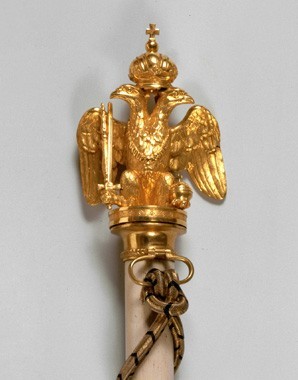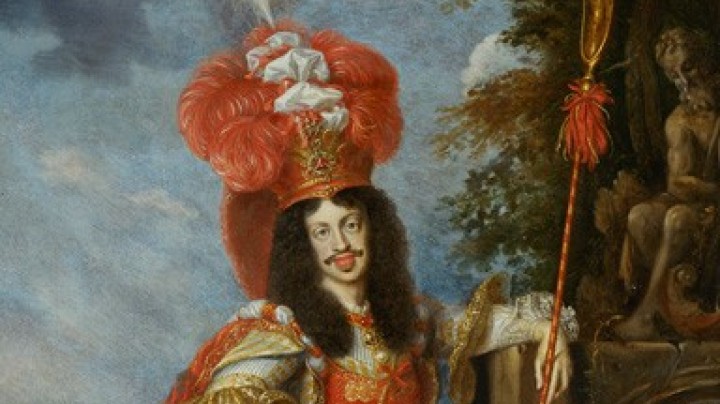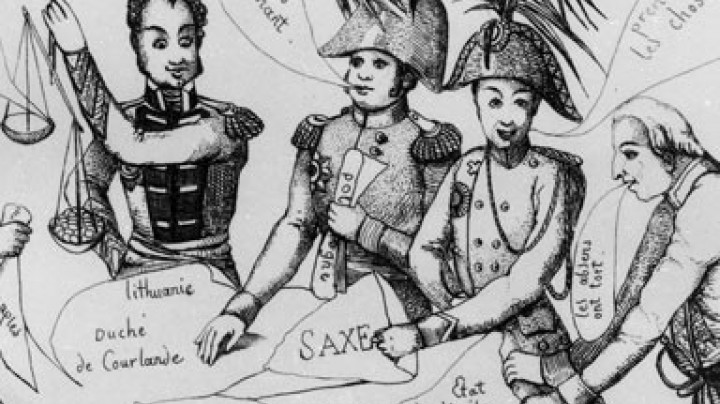The omnipotence of etiquette – ceremonial at the Viennese Court
Court ceremonial ‘serves to glorify and pay tribute to the dignity and elevated status of the monarch’s majesty and to demonstrate the reverence owed to the All-Highest Archducal House’. Thus did Ivan von Žolger, an authority on the subject, describe the characteristic features of the Habsburg Court in 1917, that is, shortly before the end of the Monarchy.
Lady Mary Wortley Montagu. Letters, London 1763, vol. 1, 61Lady Mary Wortley Montagu (1716):
It is not from Austria that one can write with vivacity, and I am already infected with the phlegm of the country. Even their amours and their quarrels are carried on with a surprising temper, and they are never lively, but upon points of ceremony. There, I own, they shew all their passions.
The centre of the courtly cosmos was the emperor, who was presented as inapproachable and far above the banalities of everyday life, his person exalted in a mystical, almost religious manner. Thus when the emperor appeared in person, but also even if merely his name was uttered at public ceremonies, he was due the tiefe Reverentz or ‘Spanish reverence’: as a symbol of submission before His Imperial Majesty, courtiers made a deep bow on bended knee. To flout this rule was tantamount to questioning the omnipotence of the emperor and thus lèse majesté.
Viennese Court ceremonial was particularly conservative and conscious of tradition. Acts of state and the various different kinds of audiences and receptions as well as dynastic celebrations such as baptisms, weddings and funerals followed strict rules: each step and gesture had to be imbued with solemn dignity. Individuality and spontaneity were undesirable.
As shown by the history of its development, Viennese Court ceremonial evolved from various models. It was based on the feudal traditions of the medieval Holy Roman Empire. At the turn of the early modern age new elements were introduced from the Burgundian court, which was regarded as particularly illustrious. Major changes took place in the sixteenth century, when the court of the principal Habsburg line in Spain became the model for the Austrian line. It is for this reason that the ceremonial at the Viennese Court is often described as ‘Spanish’.
However, it should not be imagined that there was some kind of statute book governing this ceremonial; it resembled rather a ‘law of occasion and precedent’. In the Department of Court Ceremonial the severe guardians of Habsburg traditions ensured that each occasion unfolded with the appropriate ‘decorum’, that is, imperial pomp and splendour. Their records, the ceremonial protocols, formed the basis for the Court ceremonial, which was elaborated for individual events and continually adjusted according to experience and precedent. This ‘memory of the Court’ was handed down from one generation to the next, and the experts responsible underwent years of training in order to prepare them for the masterly diplomatic achievements that would be required of them. After 1918 this knowledge was lost when the Court was dissolved, and the imperial ‘Spanish ceremonial’ acquired the status of a myth.


















